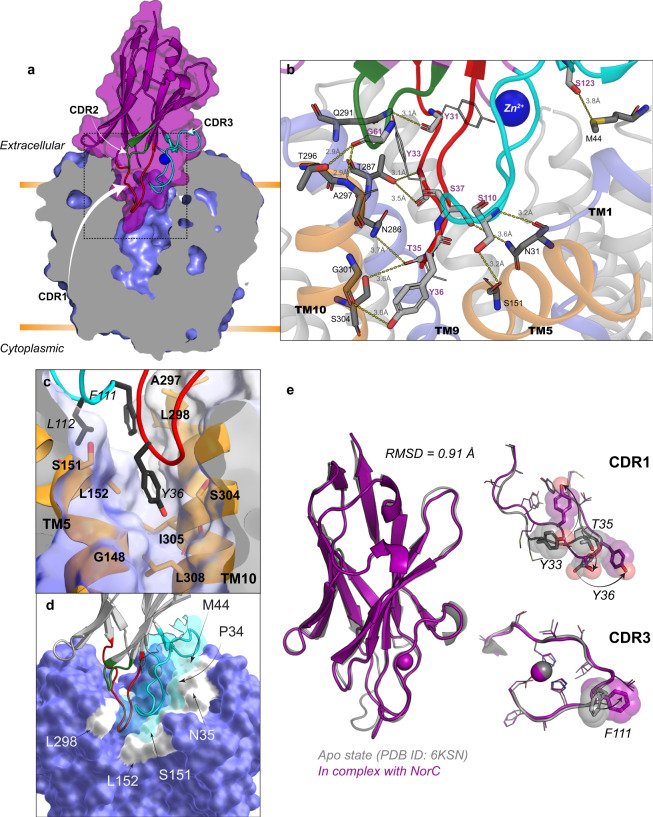Fig. 2. ICab interacts with NorC in an outward-open state.
a Solid section of NorC (light blue) in complex with ICab (purple). CDRs 1–3 are shown in red, green, and cyan loops respectively, with Zn2+ as a blue sphere. The region of interest in dashed border is magnified in b with interchain H-bonds (dashed lines, lengths labeled) and participating residues (in sticks; lines shown for those not participating via their side chains, for clarity). NorC helices interacting with ICab through H-bonds are shown as cartoon. c Y36 (CDR1) and F111 and L112 (CDR3) involved in extensive hydrophobic interactions at the interface of the N- and C- terminal domain of NorC are shown with participating residues (sticks) and complementary NorC contour (transparent surface). d CDR3 (cyan cartoon and surface) forming a near-perfect shape complementarity with interacting residues from NorC (white surface patches) involved in polar and VdW interactions. e Structural alignment of ICab in native state (gray) and when bound to NorC (purple). CDR1 and CDR3 display the conformational changes that residues (sticks and transparent spheres) undergo during complexation (arrows).

